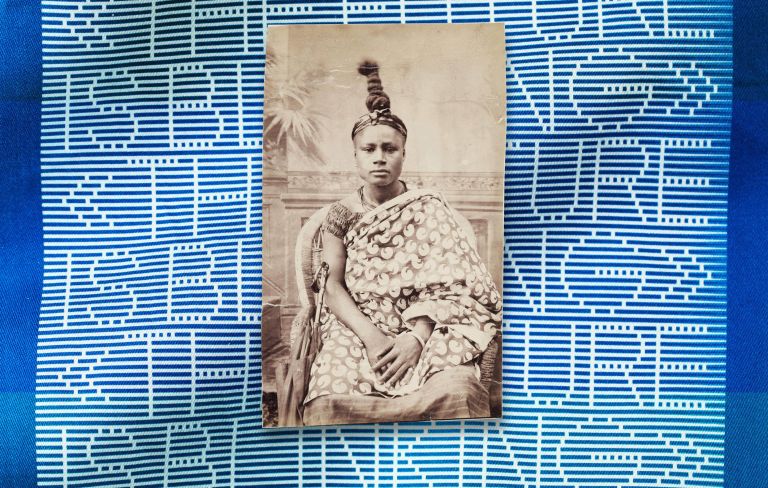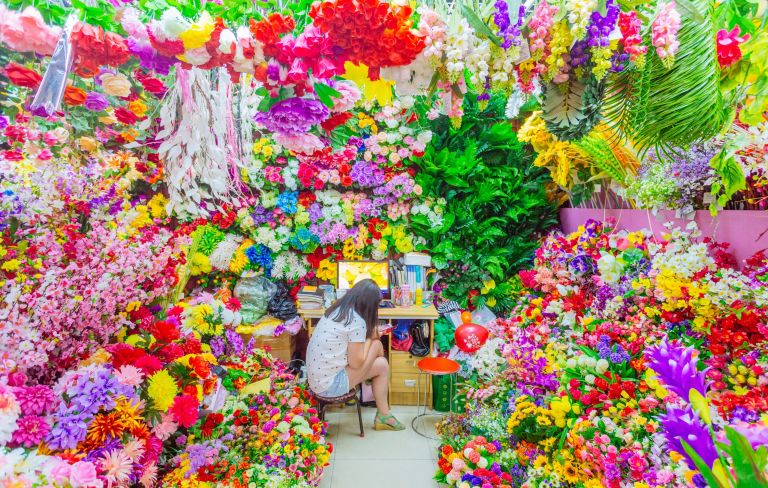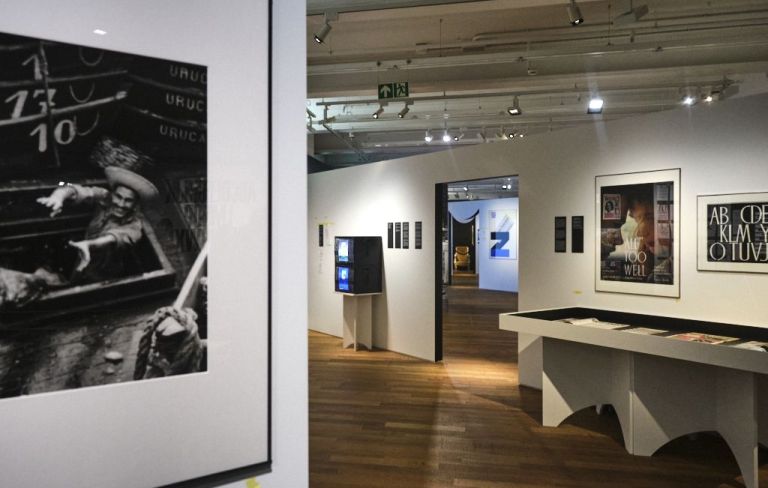Until 3 March 2024, the Vitra Design Museum is dedicating its first comprehensive retrospective to the Dutch photographer under the title “Iwan Baan. Moments of Architecture“, the Vitra Design Museum is dedicating its first comprehensive retrospective to the Dutch photographer. Baan is considered one of the most important photographers of architecture and the built environment. In impressive images, he documents the growth of global megacities as well as traditional or informal buildings and the works of well-known contemporary architects, including Rem Koolhaas, Herzog & de Meuron, Kazuyo Sejima and Tatiana Bilbao. With the photographer’s wide-ranging oeuvre, the exhibition simultaneously presents a panorama of early 21st century architecture in its urban and social contexts, and the people who live in them.
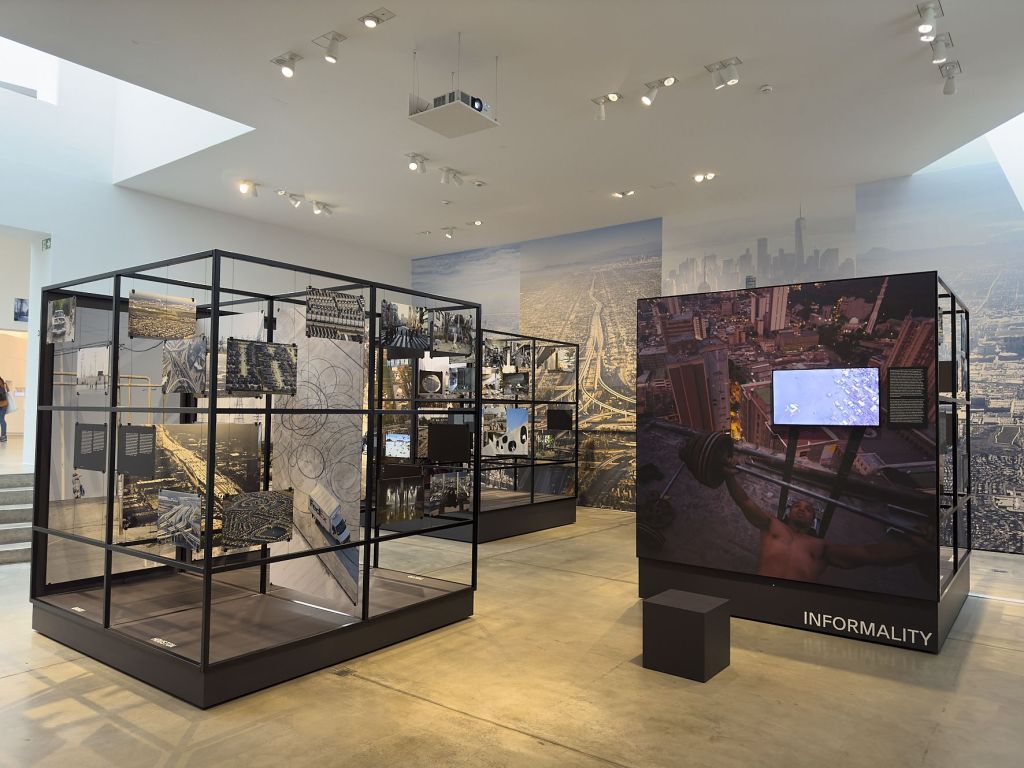
View of the exhibition “Iwan Baan. Moments of Architecture; Photo: © Werner Mäder, Uetikon
Over the past thirty years has fundamentally changed the world of photography and architecture. Images of new buildings become available in real time, promoting the rise of architects, influencing design processes, and making architecture a visual commodity. No other photographer has shaped these developments as emphatically as Iwan Baan. Baan’s photography is quick, precise, and crisp – and it can be deeply human and poetic. He knows how to make a building look great, but he also captures the moments when architecture comes alive, when plans are made, when workers rest, when people move in or out. Many iconic images of the past two decades were shot by Baan, from the »official« portraits of architectural landmarks to photos of Manhattan in the dark after hurricane Sandy in 2012.
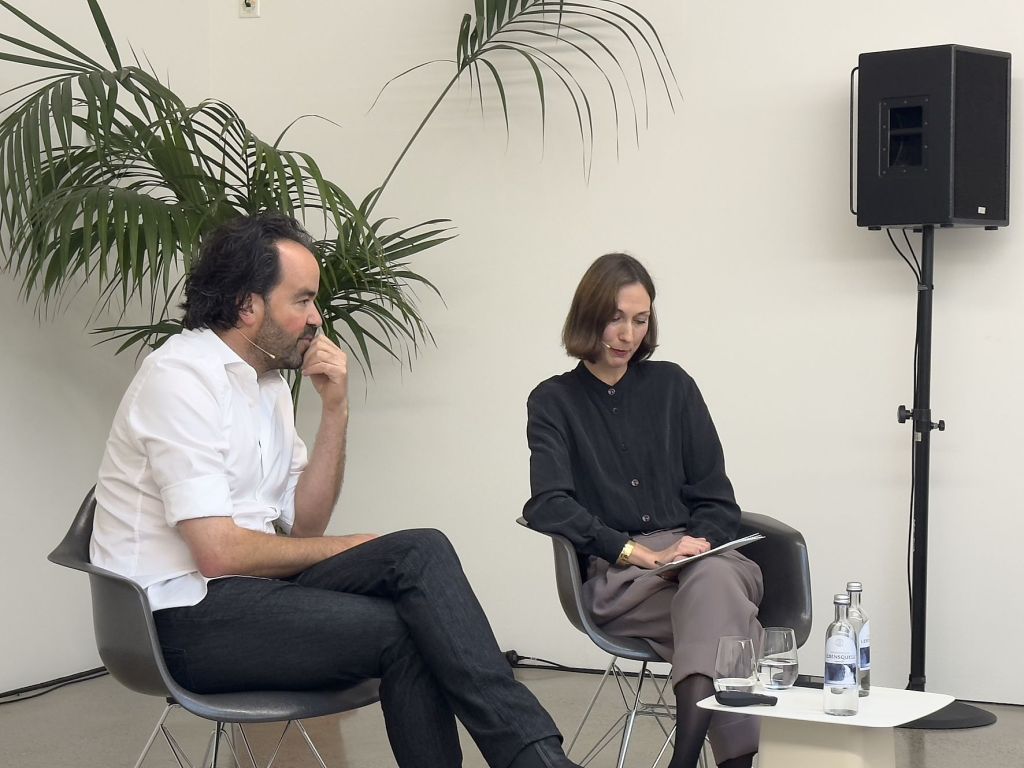
The photographer Iwan Baan and the curator of the exhibition Mea Hoffmann at the media conference in the Vitra Design Museum; Photo: © Werner Mäder, Uetikon
The exhibition features examples from all areas of Baan’s work since the early 2000s and includes film footage as well as rarely published photographs of traditional and informal architecture around the world – from the round Yaodong villages of China to the rock-hewn churches of Ethiopia, from self-built multi-storey dwellings in Cairo to the Torre David in Caracas. »What’s important is the story,« Iwan Baan says, »which is very intuitive and fluid. I am less concerned with timeless images of great architecture than with the specific moment, the place and the people there – all the unexpected, unplanned moments in and around the space, how people interact with that space,
and the stories that are unfolding there.«
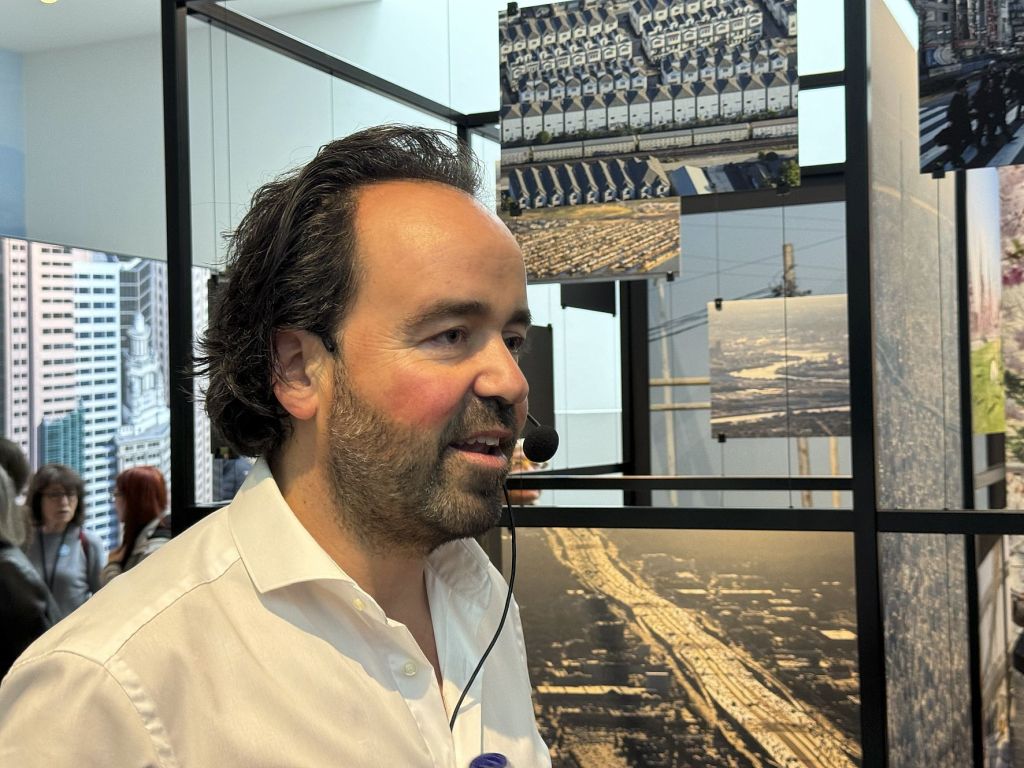
Iwan Baan guided us through his exhibition: “I am less concerned with timeless images of great architecture than with the specific moment, the place and the people there – all the unforeseen, unplannable moments in and around a place, how people live there and what stories are told through it”; Photo: © Werner Mäder, Uetikon
In the interview with Iwan Baan you can read more about his way of photographing architecture and why he is also interested in the social environment of buildings.
The exhibition comprises four rooms, which are an ideal setting for it due to their independent architecture by Frank Gehry. They are dedicated to the four themes China, Perspectives, Cities and Lines of Continuity.
China
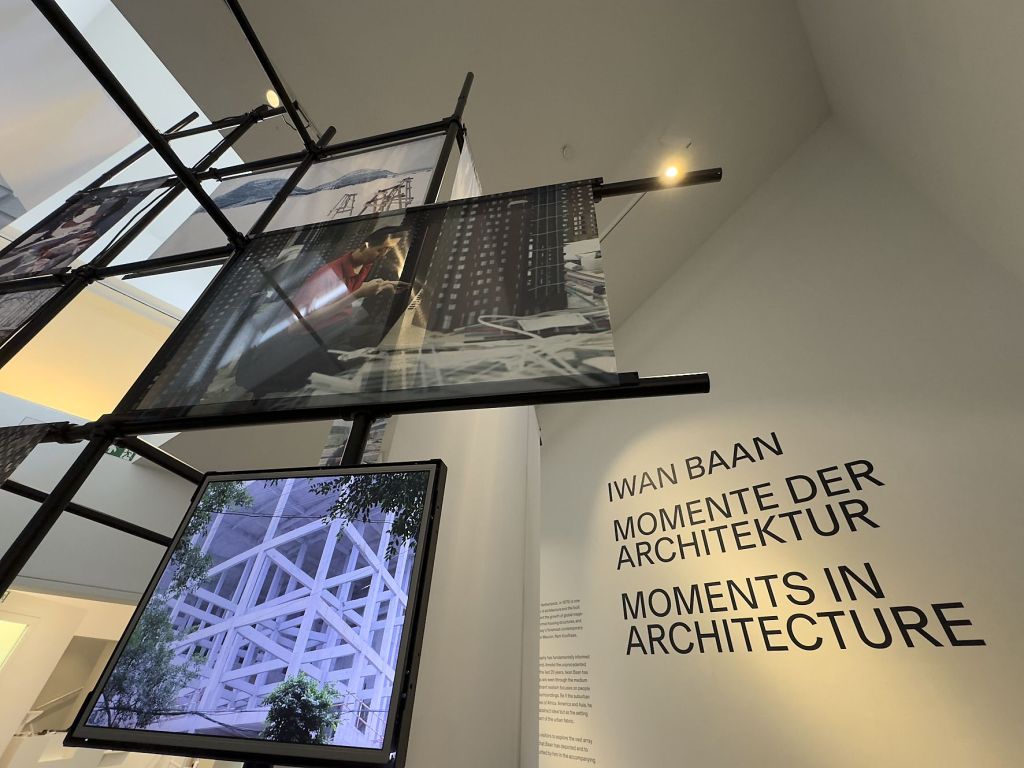
Photo: © Werner Mäder, Uetikon
Baan’s focus on architecture emerged after he crossed paths with Dutch architect Rem Koolhaas in 2004. The first section of the exhibition presents a series of images documenting the construction of the CCTV Headquarters by Koolhaas’s architectural firm OMA (2002–2012) and the Olympic Stadium by Herzog & de Meuron (2003–2008), both in Beijing. Baan’s pictures show not only the glossy façades but also the workers who raise the buildings from the ground up, documenting their work and their daily lives, often in difficult conditions. Including many unpublished works, this section reveals the beginnings of Baan’s fascination with architecture as a process and as a social force – and as a manifestation of China’s rise to a global superpower. This is also illustrated by other photo series in this section, which document China’s real-estate boom in the early 2000s as well as more traditional Chinese buildings.
Perspectives
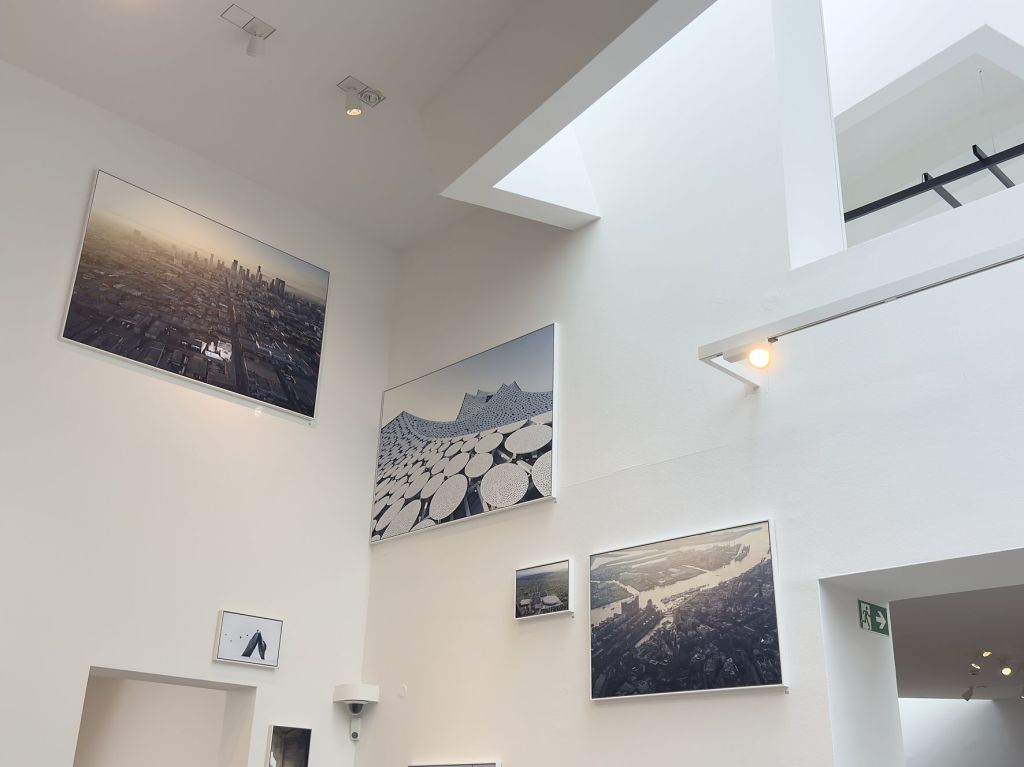
Photo: © Werner Mäder, Uetikon
Since his first collaboration with Rem Koolhaas, Baan has developed a constantly growing network including many of today’s foremost architects. For Herzog & de Meuron, Francis Kéré, Sou Fujimoto, Tatiana Bilbao, Diller Scofidio + Renfro, SANAA, Toyo Ito, and many others, he is the photographer of choice when it comes to documenting their projects.
To capture the character and the context of a building, Baan combines aerial views taken by helicopter with series of different perspectives ranging from panorama shots to detail close-ups. His working relationship with the architects is such that they often let him rely on his intuition to choose the right motifs and angles for the perfect shot.
He embraces the moment, not waiting for supposedly ideal weather or light, welcomes reality’s incursions, and almost incidentally creates shots that have the visual power to shape a building’s public image. The second section of the exhibition gives an overview of this body of work, ranging from Zaha Hadid’s MAXXI Museum in Rome to SANAA’s Rolex Learning Center in Lausanne, from Toyo Ito’s National Taichung Theatre in Taiwan to Balkrishna Doshi’s Ahmedabad projects.
Cities
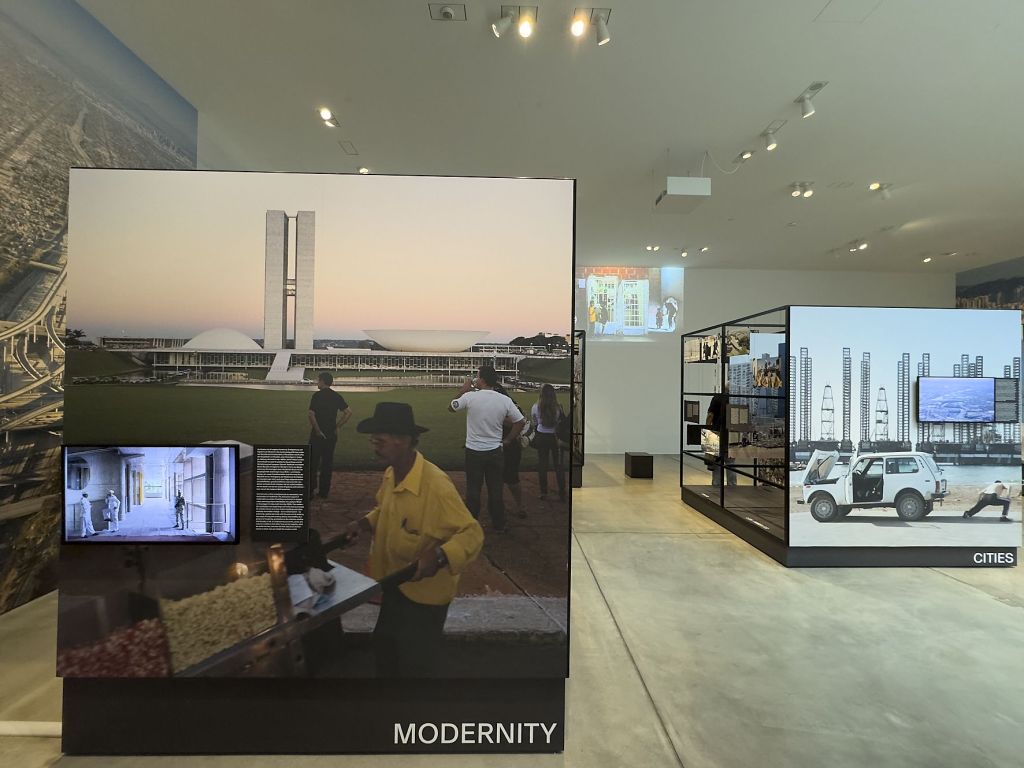
Photo: © Werner Mäder, Uetikon
Baan is a global nomad who spends a large part of his working life travelling the world. He explores booming megacities on all continents and documents real-estate booms or crashes, increasing density, urban evolution, and individual life stories. Be it in Tokyo, Lagos, São Paulo, or Hongkong, Baan is a chronicler of the urban landscape. He looks at idiosyncrasies as well as recurring themes that range from urban growth to the modernist heritage, from globalisation to local communities, approaching iconic modernist cities like Brasília or Chandigarh with the same love for detail as the International Fair of Dakar designed in 1975 by Jean-François Lamoureux and Jean-Louis Marin or the urban sprawl of Los Angeles. Baan uses the lightness of digital photography to capture the unexpected moment without ever forgetting about the seductive power of a well-composed image.
Continuities
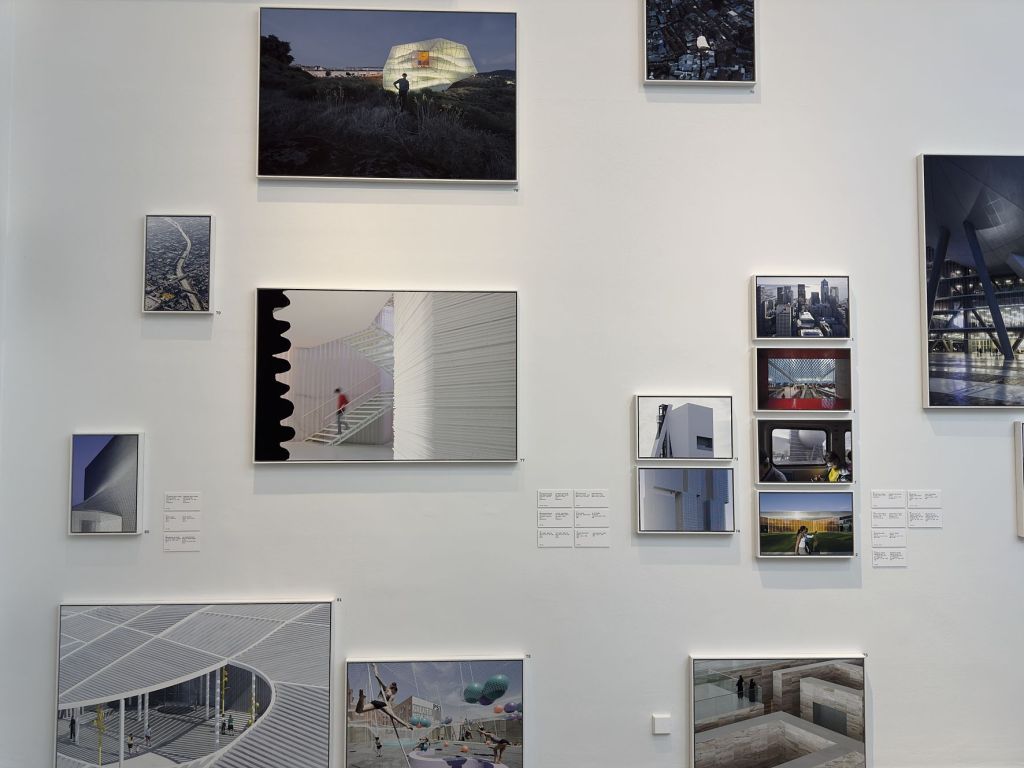
Photo: © Werner Mäder, Uetikon
On many of his commissioned travels around the globe, Baan also takes photographs of informal or traditional buildings. Whether in Japan, Burkina Faso, Haiti, or India, Baan looks at housing practices that have existed for centuries, that adapt to local conditions, and that often show similarities across cultures and continents. In one of the resulting projects, Baan documents what is presumably the world’s largest temporary city: a camp of tents set up for the duration of the Kumbh Mela festival, which is held every twelve years in Prayagraj, India, and attracts an estimated fifty to eighty million pilgrims. A project in Caracas, Venezuela, is dedicated to an unfinished financial centre known as the Torre David that has been converted by squatters into an informal housing complex. Baan’s photo series, which earned him the Golden Lion of the Venice Architecture Biennale in 2012 with Urban Think Tank (Alfredo Brillembourg and Hubert Klumpner) and Justin McGuirk, is a touching social study that shows how the raw concrete structure is appropriated by its inhabitants with homes, shops, and community spaces.
Exhibition publication
The exhibition is accompanied by an extensive catalogue with approx. 600 photographs covering two decades of Iwan Baan’s work. Illustrations and texts by Beatrice Galilee, Marvin Heiferman, Hans Ibelings, Mea Hoffmann, and Iwan Baan; designed by Haller Brun. Softcover with sewn exposed-spine binding, 23.7 x 17 cm, ISBN 978-3-945852-58-3 (English), 59.00 €, also available at: www.design-museum.de/shop
Practical information
Opening hours
The Vitra Design Museum is open to visitors daily from 10 a.m. to 6 p.m., and on 24 December from 10 a.m. to 2 p.m.
Ticket prices
Vitra Design Museum + Vitra Schaudepot: 21,00 € / 19,00 €
Vitra Design Museum: 15,00 € / 12,00 €
Vitra Schaudepot: 12,00 € / 9,00 €
Architectural tour 2h: 16,00 € / 14,00 €
Wunderkammer: 16,00 € / 14,00 €
Guided tours 1h (exhibition tours, Oudolf Garden, production): 10,00 € / 8,00 €
Adresse
Vitra Design Museum
Charles-Eames-Str. 2
D-79576 Weil am Rhein
T +49.7621.702.3200
F +49.7621.702.3590
info(at)design-museum.de
